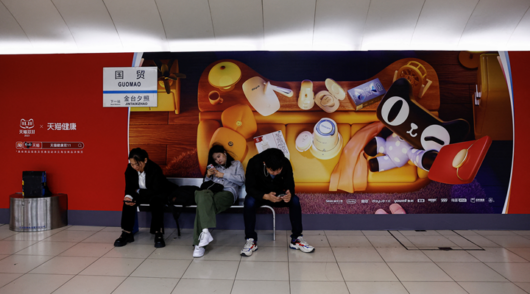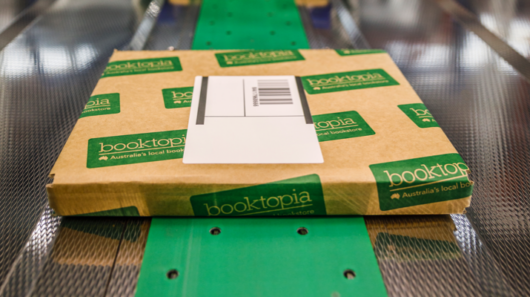By Athena Koutsonikolas
Asians love to shop – it’s almost cultural in markets like Hong Kong, Malaysia, Singapore and Thailand.
But with an offline shopping culture so ingrained in the DNA of the consumer mindset, how can retailers be sure to optimise their online sales?
A recent infographic by web design company Go-Globe, illustrates Asia’s e-commerce sales are expected to increase to over half a trillion US dollars by 2017. But after attending the Retail Asia Expo in Hong Kong a couple of weeks ago, and speaking to local retailers, I am confounded at the velocity at which this is expected to occur.
A market eager to learn
I had countless conversations with retailers, many of whom had an e-commerce offer, or were putting the steps in place to create an omni-channel experience. It quickly became apparent that this market is eager to learn. I found, the best way to educate them is to reference successful offline retail strategies — concepts such as connecting the customer with the product they are seeking, drawing traffic to the store and creating up-sell and cross-sell opportunities.
To elaborate, during a bricks-and-mortar shopping experience, there is nothing more frustrating than visiting a store in search of an item you simply cannot find — maybe the result of poor merchandising, unhelpful sales staff or possibly the product is out of stock. So what happens? You leave the store, in search of another that can meet your need.
- Site search helps customers stay and buy
Similarly, in an online context, shoppers who visit a digital storefront in search of an item are likely to ‘bounce’ (leave the site) if they are unable to find what they’re seeking. This results in a disappointed (and sometimes disgruntled) shopper and, for the digital store, represents a lost sale.In contrast, visitors who use ‘site search’ are typically three times more likely to buy. In fact, a sophisticated site search solution means a visitor will spend more time on site (more time in your store), visit more pages (browse more aisles) and will have increased their per-site visit spend (spent more money).
- Track preferences
After closing their store each night, an attendant can collect point of sale (POS) data to glean insights into popular sales, total sales, busy periods, and so on. This data also helps determine items which need replenishing.But what about shoppers’ behaviours and preferences? Are potential buyers just not that interested in a blue leather mini-skirt?
As a retailer, this information is crucial because it helps to create efficiencies by only stocking the items your customers want to buy. It also helps with your marketing and merchandising efforts.
- See what customers are seeking
In the online world, as shoppers are browsing and purchasing on your site, you are able to collect and analyse real-time data on popular searches, searches with poor results or no results, search-to-purchase conversion rate, and volume of search queries — to name a few.You can then use this data to discover opportunities to improve your customer experience. More importantly, site search data allows you to understand and adapt to the language visitors use to search your site – you may have termed the colour of a dress as “coal”, but the searcher may be inputting “black” with zero results. With this information, you can revise or add additional search terms to connect visitors to the products they are seeking.
Site search also helps you to identify searches on non-product information; for example, you may notice a number of search terms for shipping and returns, and therefore, you may need to think about creating a dedicated landing page with a shipping and return policy.
- Cross-sell and up-sell
Consider clever product placement by bricks-and-mortar stores. The consumer has a black dress in hand ready to proceed to the check-out… but then she happens to notice those killer heels on her way up to the counter? In the online world, a product recommendation engine does exactly the same thing: a person who has searched for a ‘black dress’, will also be presented accessories to go with that dress — shoes, handbag, jewellery, the works. The business owner can also customise recommendations on different pages (aisles), and may choose to recommend ‘also-bought’ items or top sellers.Irrespective of whether your store is online or offline, there are a few basics in retailing: have stock, have stock that customers want, help them find it, recommend items that will go with their purchase, and make the experience memorable to encourage loyalty and repurchase.
In an offline, bricks-and-mortar store, you need helpful, knowledgeable staff. Alternatively, in the online scenario, your helpful sales assistant can be in the form of intelligent site search and product recommendation solutions. By optimising your e-commerce site in this way, you are providing the equivalent of a remarkable offline shopping experience and ensuring your business is in a strong position to achieve success.
*Athena Koutsonikolas is marketing manager APAC, SLI Systems







